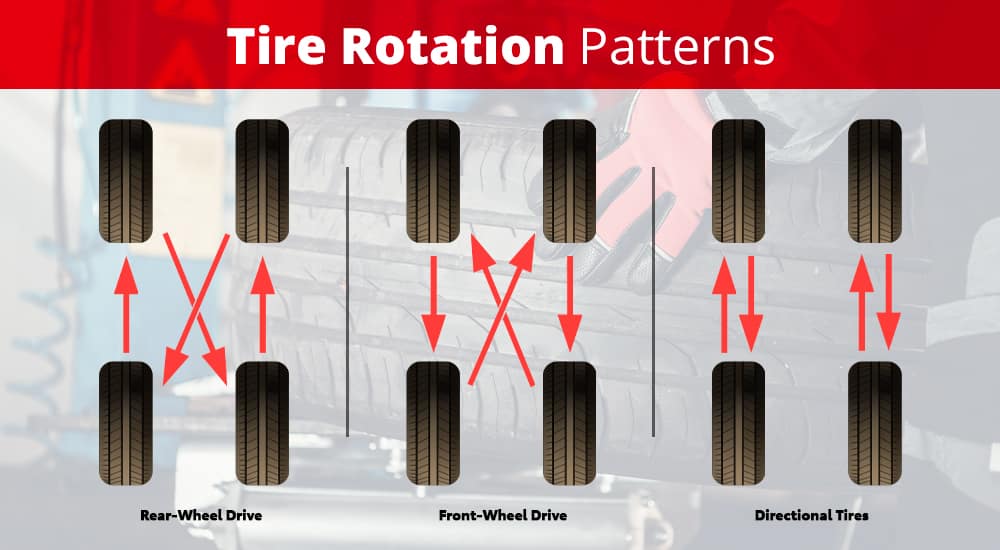« 4 Fun Indoor Things to Do With Kids in Knoxville
5 Car Repairs That Can’t Wait »
Feb 24, 2016
A wheel alignment ensures that your tires point in the right direction and that related parts wear smoothly and evenly. A number of factors can make your wheels lose their alignment, though, so having this checked should be a regular part of your vehicle maintenance routine. Learn how often you should get your tires aligned, and get to know some signs that your wheels need alignment right away.
No matter what kind of vehicle you drive, it has exact alignment specifications determined by the automaker. Everything from the vehicle’s overall size to its weight to its intended use goes into calculating these specs, which are unique to your make and model.
Driving your car when the wheels are out of alignment can cause a number of problems. Your tires can wear unevenly, which can make your vehicle unable to grip the road properly or handle safely. Your car can also suffer in terms of performance, since a car that’s out of alignment can’t handle as cleanly. Continuing to drive a car with poor alignment will just make the situation worse and can even compromise your ability to control the vehicle or damage other components of your car.
General wear, driving conditions, and alterations to your car can all cause the tires to lose alignment. Some of the most common causes include:
 Even regular tire rotations throw your car out of alignment, since each tire wears differently.
Even regular tire rotations throw your car out of alignment, since each tire wears differently.For virtually all vehicles, it’s necessary to get your wheels aligned periodically. Most car experts recommend scheduling an alignment every other oil change, or approximately every 6,000 miles. Since alignment needs can vary widely depending on your vehicle type, typical road conditions, and tire style, however, refer to your owner’s manual or consult with your mechanic to learn what’s best for your car.
Several other situations necessitate an alignment, too. When you get new tires, an alignment ensures that they’re positioned correctly and that they’ll wear evenly. When your vehicle pulls while driving or your steering wheel seems off center, an alignment can fix any issues resulting from hitting potholes or bumping curbs.
Whether you’re planning to replace worn out tires or you suspect your existing tires need adjustment, you can schedule a wheel alignment at your local service center. Even if you’re not due for routine tire maintenance yet, getting your wheels aligned can save your vehicle from unsafe handling and poor performance.
Powered by Bookmarkify™
Tags: Alignment, Service Tips, Tires
Posted in
Toyota Service |
Comments Off on When Should I Get My Tires Aligned?
Getting a tire alignment is one of the regular maintenance tasks required to keep your vehicle in tip-top condition. To make sure your car will run properly and safely, you need to have its wheels realigned at an auto repair shop or service center at a certain interval or when symptoms of misaligned wheels show. Follow this comprehensive guide to learn whether it's necessary, how often you should get a tire alignment, and how long an ordinary alignment takes. Then see how Kia service coupons, service financing, or the Kia warranty can help you save on your next tire alignment. If you aren't sure if the Kia warranty is right for you, check our page that goes into detail about it.
Follow this comprehensive guide to learn whether it's necessary, how often you should get a tire alignment, and how long an ordinary alignment takes. Then see how Kia service coupons, service financing, or the Kia warranty can help you save on your next tire alignment. If you aren't sure if the Kia warranty is right for you, check our page that goes into detail about it.
Get Tire & Wheel Help
A tire alignment is the process of aligning the wheels of a vehicle with one another and the surface of the road. It's achieved by bringing the suspension system to its proper configuration and positioning as well as adjusting certain components. Unlike some other vehicle maintenance tasks that you can do yourself, a tire alignment requires the expertise of an experienced mechanic and an alignment machine.
Basically, the purpose of a tire alignment is to square a vehicle's wheels and axles with one another so that they'll move in the same direction. The process involves adjusting all the suspension angles that have an impact on tire movement and positioning, and ensuring the steering wheel is perfectly centered. The manufacturer of a vehicle designates standard angles for aligning its tires, which are specified in degrees.
The process involves adjusting all the suspension angles that have an impact on tire movement and positioning, and ensuring the steering wheel is perfectly centered. The manufacturer of a vehicle designates standard angles for aligning its tires, which are specified in degrees.
The type of alignment your vehicle needs depends on its suspension system and the way it distributes power to its wheels. If you have an all-wheel-drive or four-wheel-drive vehicle, you have to get a four-wheel alignment. On the other hand, if your vehicle uses a front-wheel-drive or rear-wheel-drive system, it needs a front-end alignment or thrust-angle alignment.
Yes, tire alignment is one of the most important maintenance tasks. If your wheels are misaligned, your vehicle will experience a dramatic drop in handling capability. It'll constantly pull in one direction, which can greatly inhibit its ability to turn or move in a straight line. This not only makes driving more difficult and reduces ride comfort, but it can jeopardize you and your passengers' safety.
In addition, failure to realign your wheels regularly can cause your cost of car ownership to go up considerably. Wheels that aren't properly aligned may lead to uneven tire wear, which means you'll have to replace your tires more frequently. It isn't uncommon for wheel misalignment to result in flat spots and tire blowouts because it can cause your tires to experience added tension. Also, misaligned wheels can lead to damaged wheel rims and suspension, which can affect the performance and longevity of your vehicle.
The interval for wheel alignment can vary significantly depending on the type of vehicle you own, your driving habits, and other factors. Most mechanics recommend that you get a wheel alignment once every two or three years. However, the best thing to do is to follow the recommended interval in your owner's manual.
If your owner's manual doesn't specify how often you should have your wheels realigned, you should bring your car to a service center or auto repair shop for a tire alignment checkup at least once a year. Usually, a vehicle's wheel alignment will be at least slightly off after one or two years of driving. Nonetheless, if your car holds the road well, doesn't drift to one side, or has evenly worn tires, it isn't necessary to have its wheels realigned every year.
Usually, a vehicle's wheel alignment will be at least slightly off after one or two years of driving. Nonetheless, if your car holds the road well, doesn't drift to one side, or has evenly worn tires, it isn't necessary to have its wheels realigned every year.
It's important to note that there are specific circumstances that may cause your vehicle to require tire alignment on a more frequent basis. Vehicles with wider tires or performance-oriented cars usually need to have their wheels aligned more often. Additionally, you should consider getting a wheel alignment every time you install new tires on your car.
Besides going for a tire alignment checkup on a regular basis, you should also look for certain signs indicating that your wheels need to be realigned. These signs include:
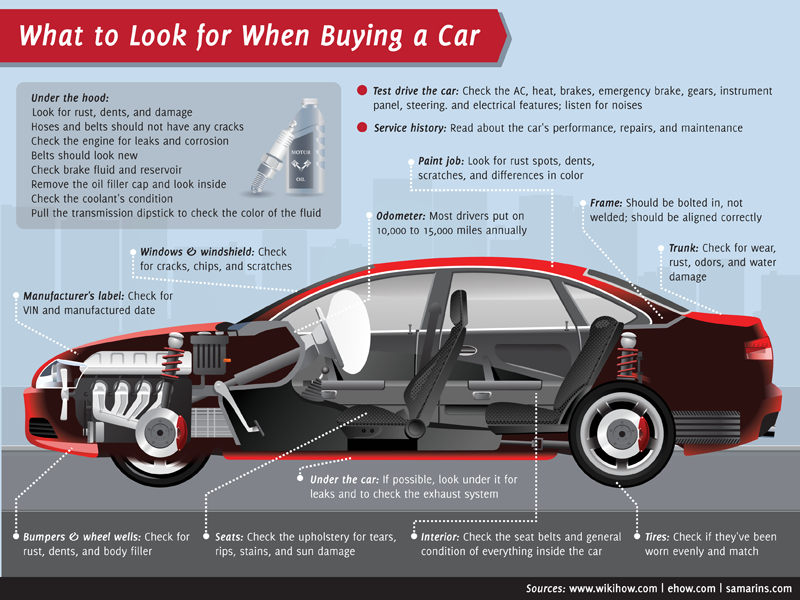 However, if it continues to pull to one side after you inflate your tires to the correct pressure, it's a sign that you should get a wheel alignment.
However, if it continues to pull to one side after you inflate your tires to the correct pressure, it's a sign that you should get a wheel alignment. If this is happening, it may be time to realign your wheels.
If this is happening, it may be time to realign your wheels.We know Rochester drivers are busy. So is an alignment a short or lengthy process? Under normal circumstances, a wheel alignment will take an average of one hour, whether it's a two-wheel-drive or four-wheel-drive vehicle. If there's too much wear and tear or damage on the suspension system, steering bushing, track rod, or other parts, it'll take a longer time as some components have to be replaced.
Wheel alignment is an essential maintenance task that you cannot afford to skip as it can have a significant impact on your vehicle's performance, ride comfort, safety, and lifespan. If you want to get a wheel alignment for your Kia vehicle, contact Tom Kadlec Kia today to schedule an appointment.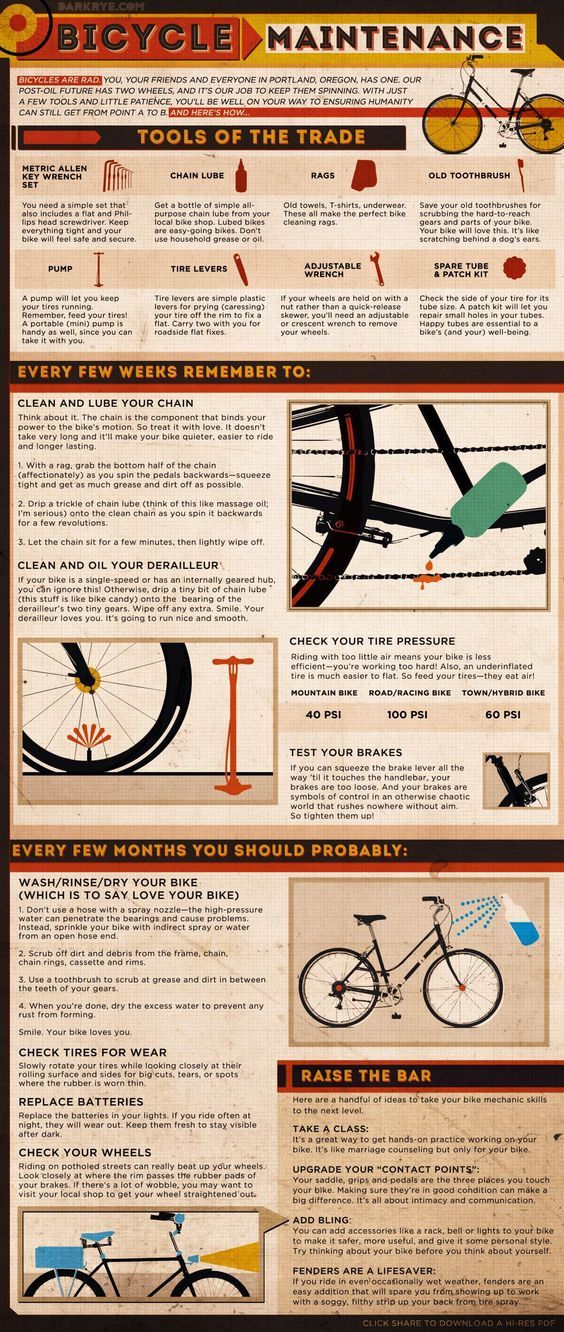
Home » Miscellaneous » How often to inflate the wheels of a car
If a car tire is under-inflated by at least 20%, then tire life is reduced by about a third. What if the pressure is even lower? Here we can already talk about the catastrophic destruction of the tire. And under certain circumstances, the wheel can "shoot" or disassemble - if the speed is high, the car becomes uncontrollable. How often do you check the pressure in your car tires?
Tire manufacturers recommend checking the tire pressure every two weeks (every 2000 km for intensive driving). Because air, albeit gradually, but leaves the wheel - tire materials are not absolutely tight. Tire damage, valve leaks, etc. can be additional aggravating factors. Therefore, the pressure in the wheel is reduced. In addition, it would be useful to pick up a pressure gauge before a long trip, especially if you have to drive along highways.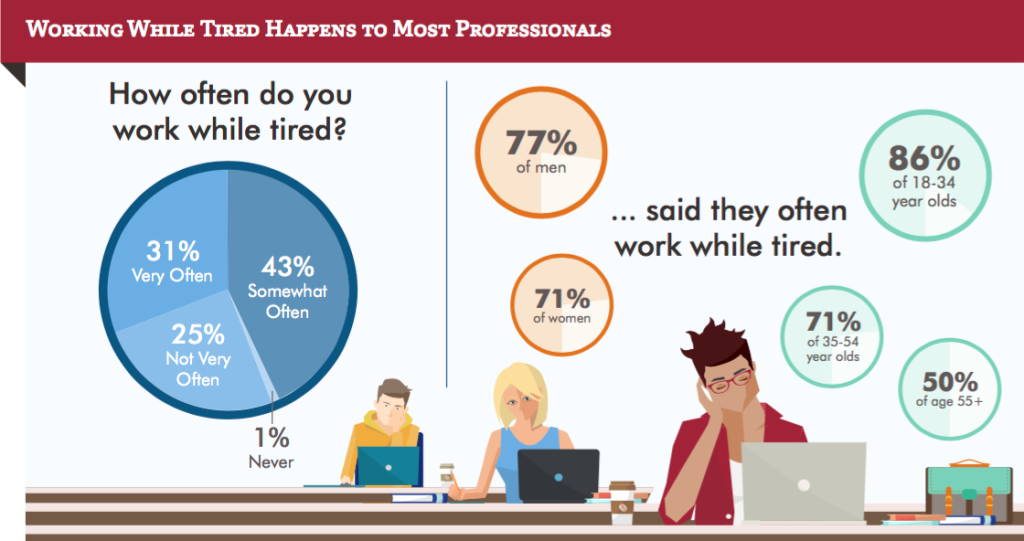
Please note that the lower the temperature, the lower the tire pressure.
An even more important question - where to check? We are used to using the services of tire shops or a free compressor at some gas stations. But do they take into account that during the trip the tires heat up, and the pressure in them increases?
By the time you get to the tire shop, the tires will warm up and you will have to take this into account. How - no one will say for sure (depending on traffic conditions and weather conditions, as well as a number of other factors, the data can "dance" within a few tenths of an atmosphere). Therefore, checking and adjusting the pressure of "hot" tires is strongly discouraged. Measurements should be taken "cold", that is, before the trip, while the tires have not yet warmed up, or after a long parking (not earlier than an hour after stopping). Therefore, it is better to do it all the same in the old fashioned way: with your pressure gauge before leaving the yard.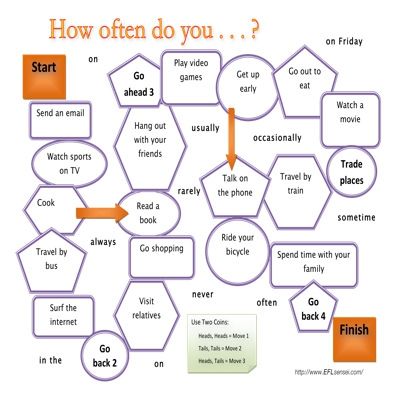
Whatever all of the above is not purely theoretical, we carried out a series of measurements. First, we tested the theory about "cold" and "hot" tires (see table 1 ). On the street - minus 11 C, the car just after the night "hibernation". Three control measurements, and we make sure: the pressure is only 1.8 atmospheres instead of the recommended 2.0 atmospheres. Let's pump up the wheel later - it is important for us to find out how much the pressure gauge readings will change after the car has been on the road for some time.
| Tire condition | t ambient air | Pressure |
| "Cold" | -11 C | 1.8 bar |
| "Hot" | -10 C | 1. |
An hour in the city, 20 km behind is enough to heat the wheels. The next series of measurements gives a new result - 1.9 atm. The difference between the "cold" and "hot" checks was only 0.1 atmospheres, but, firstly, the ambient temperature was not high, and secondly, there was a measured ride, during which the tachometer needle rarely exceeded 60 km / h. Dynamic driving, driving at high speed, especially when the surface temperature is much above zero - all this will lead to the fact that the run-up will be much greater. By the way, changing tire pressure while driving is just the "evil" that you have to deal with in the world of motorsport. After all, the entire potential of the car, ultimately, depends on the contact of the wheels with the road, but what it will be like is just a matter of correctly set pressure. Naturally, it is selected taking into account a number of factors, including the predicted heating of tires.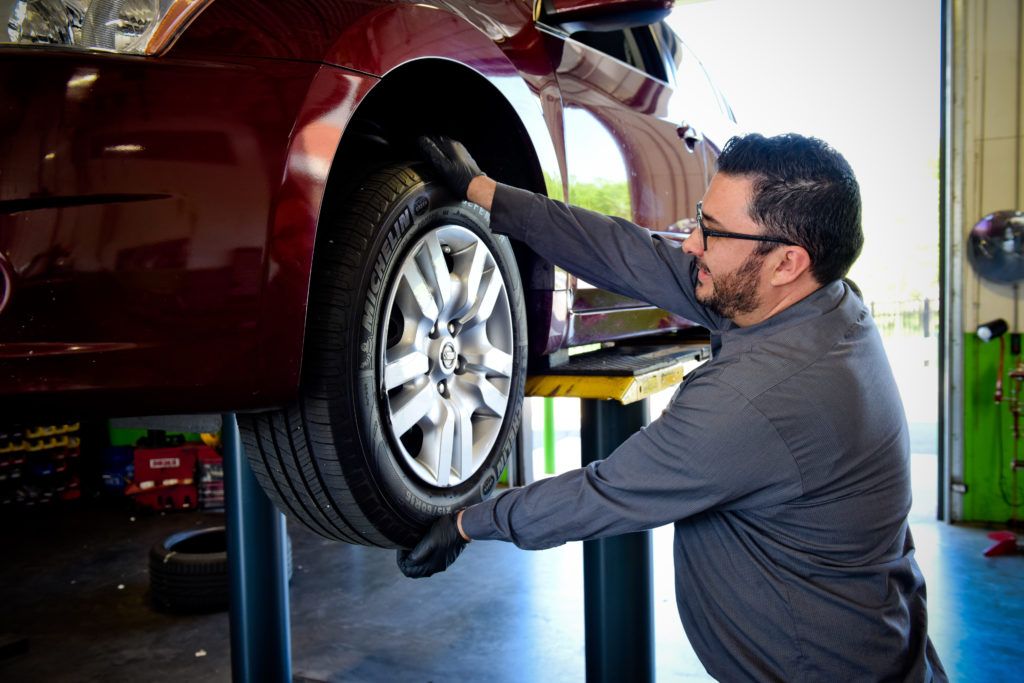
But that's sports, but for civilian driving there are rules. And they are as follows: the pressure is set in accordance with the manufacturer's recommendations - at the set value and at the moment when the tires are "cold".
Well, what about the dependence of the readings on the ambient temperature? We placed the same wheel in three different climates (see table 2 ). First, it spent 12 hours in a warm box at an air temperature of 18 C - the pressure was 2.2 atm. Then another 12 in a cold box at an air temperature of minus 3 C. The pressure dropped by 0.05 atm - up to 2.15 atm. A little? Well, now one night in the trunk of a car, where minus 12 C was observed by morning. The pressure dropped to 1.95 atm - compared to the original value, it decreased by 0.25 atm!
| Wheel storage | t ambient air | Pressure |
| Warm box | 18 C | 2. |
| Cold box | - 3 C | 2.15 bar |
| Street | - 12 C | 1.95 bar |
This data confirms the theory that when the ambient temperature fluctuates slightly, no pressure correction is required. But when the jump is more significant (for example, in our case it was 30 C), the difference will be much more significant (again, in our case it was more than 10% of the original value). But getting such a run is not so difficult: take a “warm” wheel from a heated garage, set the pressure, then install it on a car that drives on winter roads - here you have a difference of several tens of degrees ...
Properly set pressure not only contributes to the maximum life of the tires, but also ensures comfortable and safe driving, and allows the most efficient use of all its technical potential.
Inflated tires make the car react more sharply, help to reduce fuel consumption (after all, rolling resistance is reduced). But at the same time, the car goes through all the bumps harder - both driving comfort and suspension resource suffer. In addition, the tire itself wears out unevenly - the middle part of the tread tread is "erased" faster.
Insufficient pressure causes increased tire deformation, heating, which leads to accelerated wear or destruction. Rolling resistance increases, resulting in increased fuel consumption. Handling deteriorates, there is a risk of slipping of the tire relative to the rim, and the likelihood of a tire “breaking” in a sharp turn increases, as a result of which contact of the rim with the road is possible, which is already fraught with a coup. Naturally, all this is a consequence of extremely low pressure, which, as a rule, rarely reaches. Usually, even the most "lazy" owners get off with only increased fuel consumption and accelerated tire wear.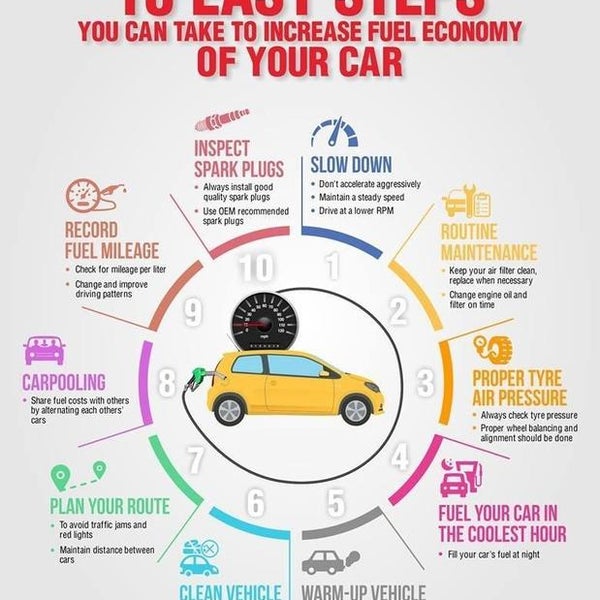
But sometimes low blood pressure is good. Indeed, in this case, the contact patch with the road increases - this quality can be used when driving off-road on soft ground. But then, having driven onto a paved road, it is necessary to pump up the tires to the required pressure value.
It is believed that the condition of the tires can be determined with what pressure they were used. Uniform wear indicates that the pressure was normal or close to the recommended values. A worn out middle part of the tread is a sign that the owner preferred to pump the tires, but with reduced pressure, the side parts of the tread suffer more.
For each model, the automaker recommends its own tire pressure values, and they can be individual for each modification or depend on the tire size. It should also be noted that the tire pressure on the front and rear axles may differ. Often, the automaker indicates two values: for a car with a partial load (with a driver and a passenger) and with a full one - in the second case, the pressure should be increased by 0.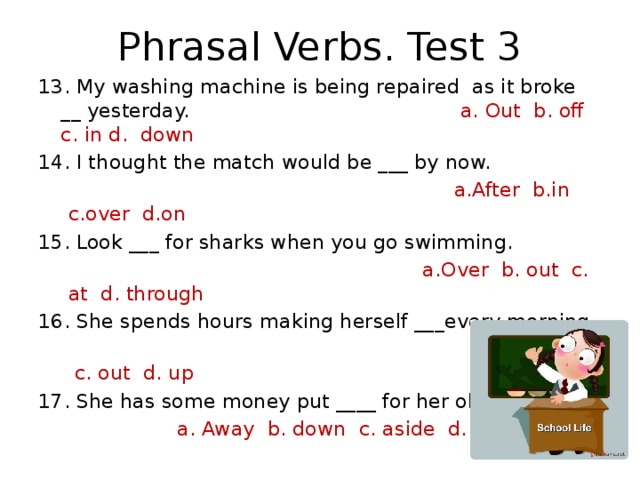 2-0.3 atm (the second value is also recommended for long trips at high speeds). The manufacturer's data is indicated in the operating instructions, as well as in the car itself - usually an information plate is placed on the inside of the gas tank hatch or in the doorway on the driver's side (on the central pillar or on the end of the door).
2-0.3 atm (the second value is also recommended for long trips at high speeds). The manufacturer's data is indicated in the operating instructions, as well as in the car itself - usually an information plate is placed on the inside of the gas tank hatch or in the doorway on the driver's side (on the central pillar or on the end of the door).
At the very least, many motorists still follow the "main" wheels, but the spare one, as a rule, is left without attention, and when the X-hour comes, the "spare wheel" is usually empty. Therefore, it is recommended not only to periodically check the pressure in the fifth wheel, but also to pump it by about 0.3 atm - in reserve.
P. S. The behavior of the car on the road largely depends on the correct tire pressure. We told you how to do this, although it could be easier to say: follow the manufacturer's recommendations. And do not be lazy to check the wheels from time to time, because this is the key to your safety.
I love the article! Share love!
In preparation for returning to work after the birth of my first child, I had many questions and concerns about pumping.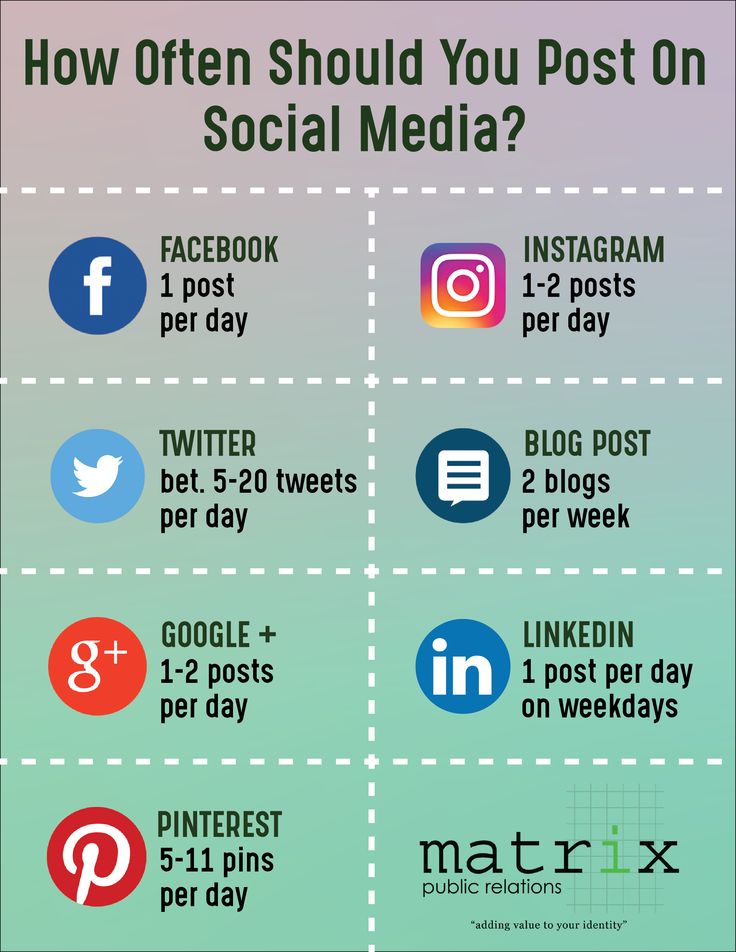 I honestly had no idea what I was doing and felt like I just screwed up. It took some trial and error to figure out how often I needed to pump to replace the ounces my child was drinking while I was away from him.
I honestly had no idea what I was doing and felt like I just screwed up. It took some trial and error to figure out how often I needed to pump to replace the ounces my child was drinking while I was away from him.
You might think that one pumping session would equal one feeding your baby takes. Seems logical, right? Well, unfortunately, this is not always true for every mom. Your baby is much more efficient at pulling milk out of the breast. A pump, even a strong one (such as a power pump for hospitals), is still not as efficient as your child.
Some mothers will get enough milk during pumping without problems, but others will need to pump several times to equal one feeding. So when you work during the day for limited hours, it may seem like it's enough for a baby to pump enough milk.
So, how often should you pump at work?
The rule of thumb is to replace all feeds your baby takes during breaks with pumping. Depending on how old your child is and if he is taking solids, you may be able to pump every 2-3 hours.
Sarah Wells Lizzy Bag
So, if you work 8-hour shifts and your child takes 3 bottles on time, you'll want to pump at least 3 times. Now, this may or may not give you ounces you need to replace what your child takes throughout the day. It may take some trial and error to figure out how your body responds to more and less exercise throughout the day.
Including my commute, I was away from my son for about 10 hours a day. I downloaded about 5 times during the day.
This may seem like a lot, but I've embraced this science. I actually only got pumped at work twice. Yes, twice. Here's my secret: Bleed while driving. Yes, you read that right, I pumped while driving. HUGE time savings.
So my day looked something like this:
As you can see, I didn't download 5 times during my work. I only downloaded twice in the office. The rest was done in the car or at home.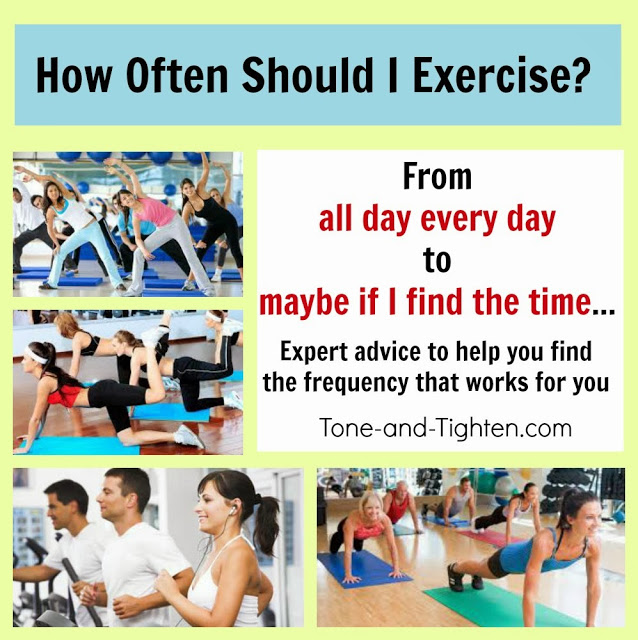 I've been lucky to pump anywhere between 3-6 ounces each pump session. I had no problem changing the 4 bottles my child took at daycare during the day, pumping it frequently.
I've been lucky to pump anywhere between 3-6 ounces each pump session. I had no problem changing the 4 bottles my child took at daycare during the day, pumping it frequently.
But don't be discouraged if you need to download more often. Adding an extra pumping session in the morning or at lunchtime or in the evening at home would also work to get extra ounces. Remember that pumping (like breastfeeding) is about supply and demand. The more you do this, the more milk your body produces. So even if you start by getting only a little bit from each session, keep up the good work and with time and consistency, you will see an increase!
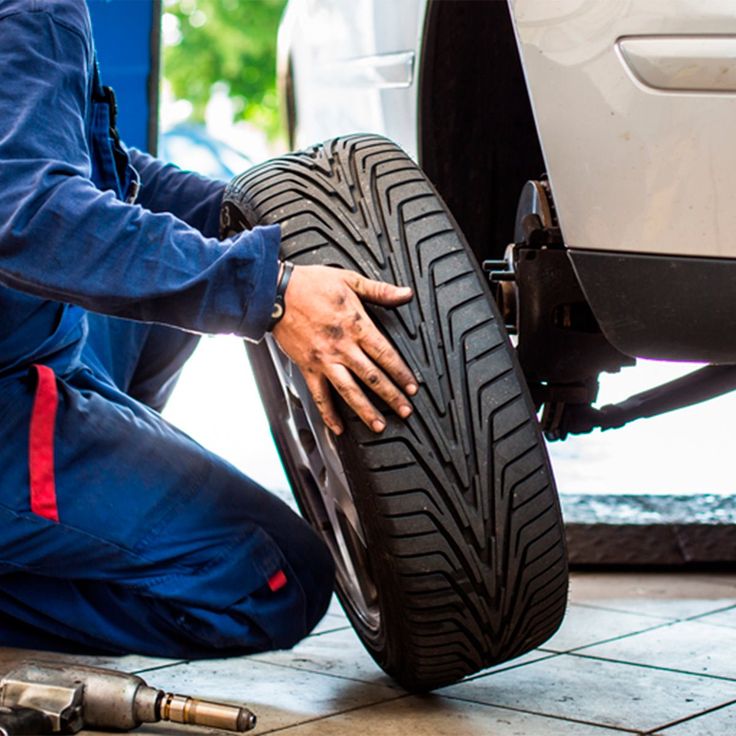
Spectra S1
Get Strong Pump - Not all pumps are made equal. Pump strength can be the difference between pumping 2 ounces vs 4 ounces. Some moms can pump just fine with either pump. Others need that extra push to get more milk. Buying a quality pump is the key. (Spectra is a great option if you need a hospital grade power pump!)
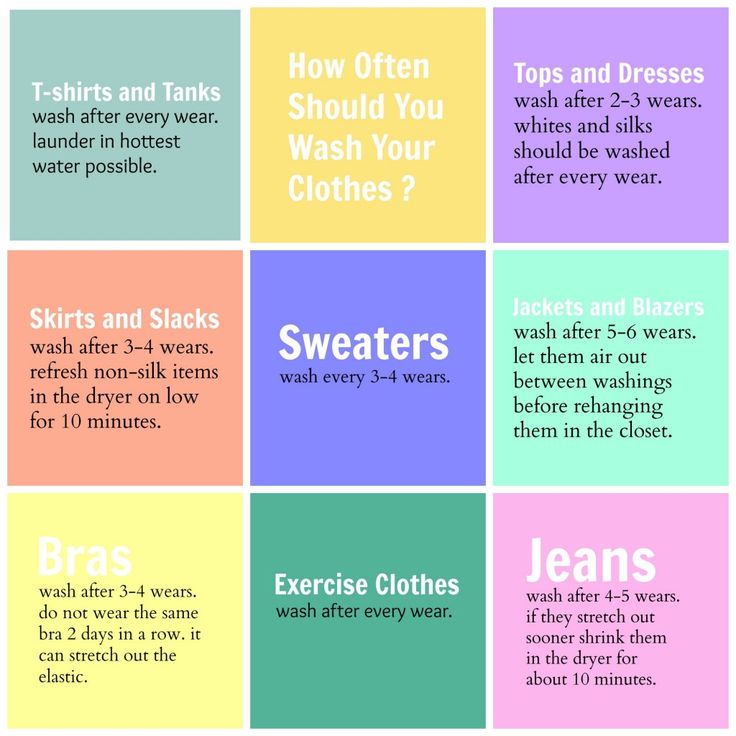 I found that even though my child started taking solids, he still needed 4 bottles at daycare just like before. I couldn't begin to give up pumping before the 12 month mark. By that time, he was eating heavy meals and consuming less milk. Remember, eating before one is just for fun. Your baby will still be getting the vast majority of their calories from breast milk.
I found that even though my child started taking solids, he still needed 4 bottles at daycare just like before. I couldn't begin to give up pumping before the 12 month mark. By that time, he was eating heavy meals and consuming less milk. Remember, eating before one is just for fun. Your baby will still be getting the vast majority of their calories from breast milk. It may seem like a lot when you first start it up, but rocking while you work will quickly become your new normal. You may need to try a few things before you find the right schedule for you and your child. But keep in mind that despite the challenges of the times, you can find a balance between work and breastfeeding.
If you haven't checked out my sample upload schedule yet, click here to see it now!
It takes a lot of sacrifice and hard work to pump while working. I recommend any mom who can do it! If you have any tips to share, I'd love to hear them. Leave me a comment below!
I recommend any mom who can do it! If you have any tips to share, I'd love to hear them. Leave me a comment below!
Happy Pumping!!
Find out how to make a Stash freezer from breast milk!
Check out what I packed into my pump for work!
Need a stylish pump bag for work? Find out why I love this bag!
, Get to know your car: how often should the wheels be aligned?
Owning a car comes with many responsibilities. You need to maintain your vehicle regularly to get the most out of it. If proper care is not taken, not only can damage your vehicle, but it can also lead to accidents. Aligning your car wheels regularly is one of the main things you need to take care of when purchasing a car.
Wheel alignment refers to checking and adjusting the angles of each wheel relative to each other and the vehicle.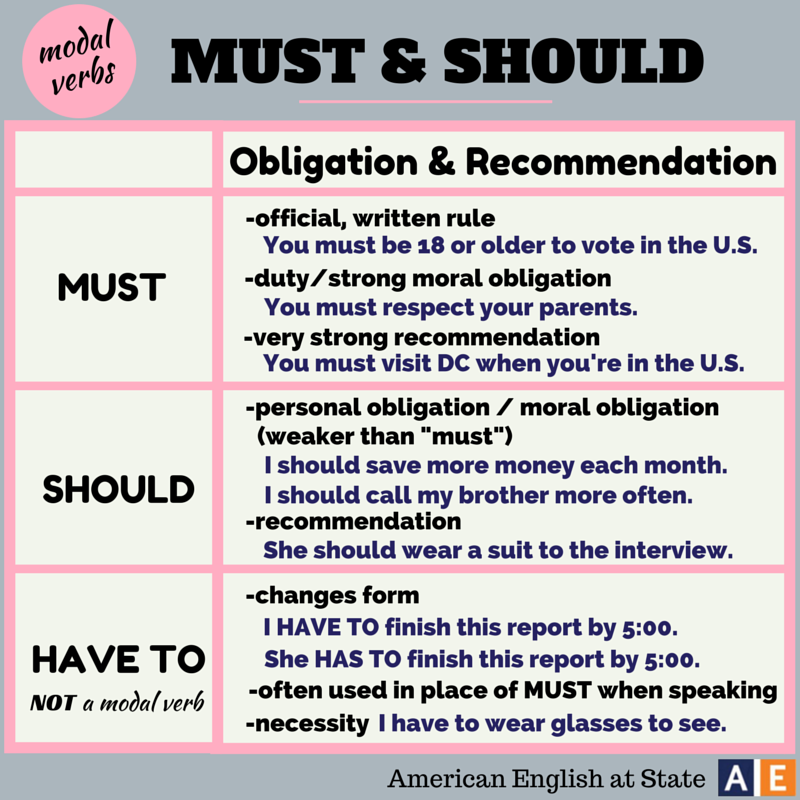 Incorrect alignment of your vehicle's wheels can result in shortened tire life. Proper wheel alignment is essential for good vehicle handling and plays a very important role in prolonging tire life. Signs of improper wheel alignment:
Incorrect alignment of your vehicle's wheels can result in shortened tire life. Proper wheel alignment is essential for good vehicle handling and plays a very important role in prolonging tire life. Signs of improper wheel alignment:
As a car owner, it is important to know how often wheel alignment needs to be done.
Some occasions when you need to perform a wheel alignment for your vehicle:
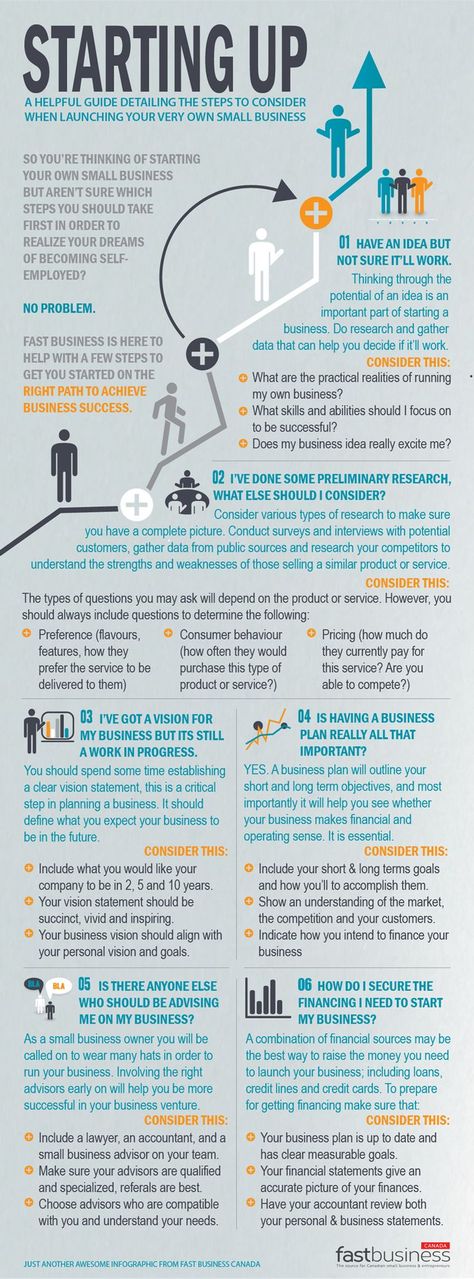 need to align or not. However, it is recommended that you go for wheel alignment every 2-3 years. If you get new tires installed, you can also do wheel alignment during this time.
need to align or not. However, it is recommended that you go for wheel alignment every 2-3 years. If you get new tires installed, you can also do wheel alignment during this time. 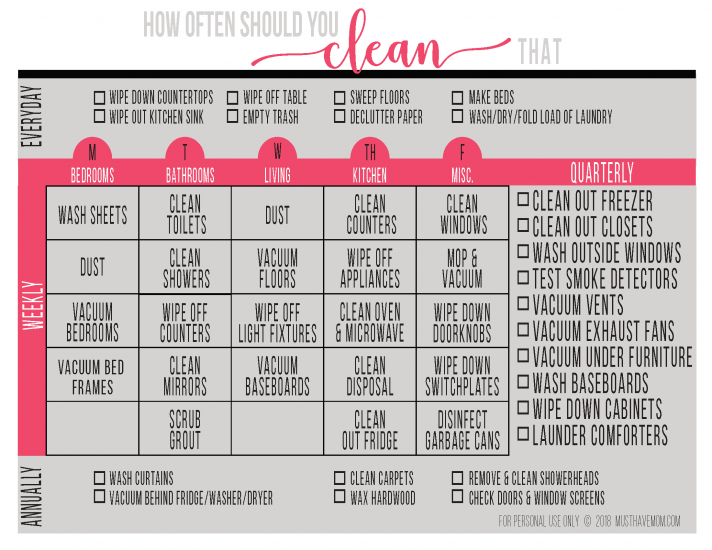
What can cause misalignment of the wheels?
Benefits of aligning your car's wheel:
it is important as a car owner to be able to identify signs of your wheel being misaligned.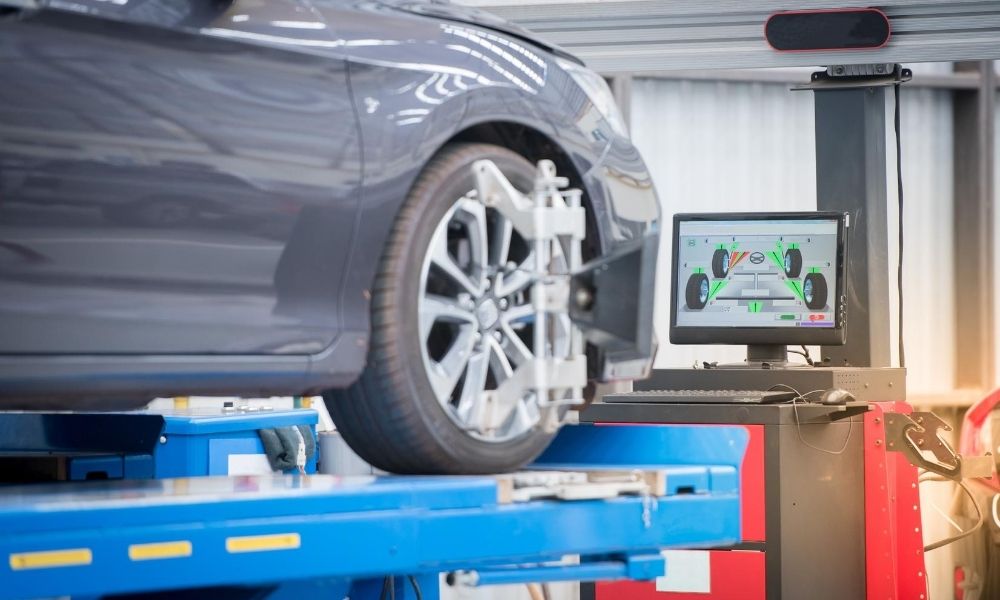 It is generally recommended to get the wheels aligned every 2-3 years. However, for optimal safety of your vehicle, yourself and those around you, it is best to opt for wheel alignment every time you go to change your vehicle's oil.
It is generally recommended to get the wheels aligned every 2-3 years. However, for optimal safety of your vehicle, yourself and those around you, it is best to opt for wheel alignment every time you go to change your vehicle's oil.
It is also important to visit a reputed service center to align your vehicle's wheels. Experienced and experienced car services will be able to align your wheels as needed. You should avoid doing this yourself as it could cause more damage to your vehicle. Find the best service center near you and take your vehicle for regular service and wheel alignment to ensure your vehicle is maintained and operated optimally.
,
Battery terminal | Micah Wright / Autos Cheat Sheet
With the rise of car sharing and the push for mass transportation and fewer car introductions on the roads, people in cities are driving their cars less, preferring instead to park them for long periods of time. Of course, car sales have been impressive lately, but overall interest in driving continues to decline as congested roads and inclement weather make crowds of Americans even more frustrated with driving. trips, hail, cycling and public transport continues to grow as many people keep a car just for things like road trips.
Of course, car sales have been impressive lately, but overall interest in driving continues to decline as congested roads and inclement weather make crowds of Americans even more frustrated with driving. trips, hail, cycling and public transport continues to grow as many people keep a car just for things like road trips.
But things don't always go according to plan. After not driving for a short period of time, it is alarming when it just won't start one morning. While there is debate about how often someone should start their car—ranging from one week to an entire month—several factors must be considered before including a car on a dedicated “launch schedule.”
Connecting cables | Mika Wright / Autos Cheat
The Chicago Tribune worked on winter parking tips some time ago, noting that while many people turn off electrical accessories such as heating, radios, and interior lights to prevent battery drain, "killing electrical loads isn't necessary, so how they are bypassed during launch. ” The post also says that if you don't have access to a garage, try hooded parking as close to the building as possible to best protect your nose from the subarctic cold. Because occupied buildings tend to be warmer than, say, a wide open parking lot, there's a chance that the radiant heat given off from the structure could also help keep the battery from fully depleting.
” The post also says that if you don't have access to a garage, try hooded parking as close to the building as possible to best protect your nose from the subarctic cold. Because occupied buildings tend to be warmer than, say, a wide open parking lot, there's a chance that the radiant heat given off from the structure could also help keep the battery from fully depleting.
Since cold weather tends to drain batteries faster than anything else, we reached out to a CBS station in Minneapolis that covered car launches to keep batteries full of juice. Paul Hagen, owner of Hagen's Auto Body, explained to a news source that when it's cold outside, the chemical reactions taking place inside the battery are much slower and produce less power. Also, when the oil gets very cold, it tends to stagnate, which makes it even more difficult to rotate the engine, which leads to an increase in battery power.
If your car doesn't start right away, Hagen suggests turning off accessories like the heater and radio, then turning the engine on for 10-15 seconds, but don't stop it after that. If you are unlucky with getting started, leave the car for a couple of minutes, then pump the gas pedal once and try again. Just remember that if the battery is not fully charged, it can freeze, which is one of the main reasons motorists face in northern climate.
If you are unlucky with getting started, leave the car for a couple of minutes, then pump the gas pedal once and try again. Just remember that if the battery is not fully charged, it can freeze, which is one of the main reasons motorists face in northern climate.
braille carbon car battery | Micah Wright / Autos Cheat Sheet
A rather in-depth article by Allstate Insurance also touches on this topic, saying that you should "never forget the vehicle's power source: the battery" when storing for long periods. Even in warmer climates, the risk of a car not starting after a few weeks increases every day.
Preventive measures usually include removing the device completely and placing it in a safe place such as a garage or basement, or storing it in a tray and hoping for the best. Regardless of which direction you may be heading, we highly recommend purchasing a manual charger or battery pack with an auto-shutoff or float function that ensures the battery is not overloaded.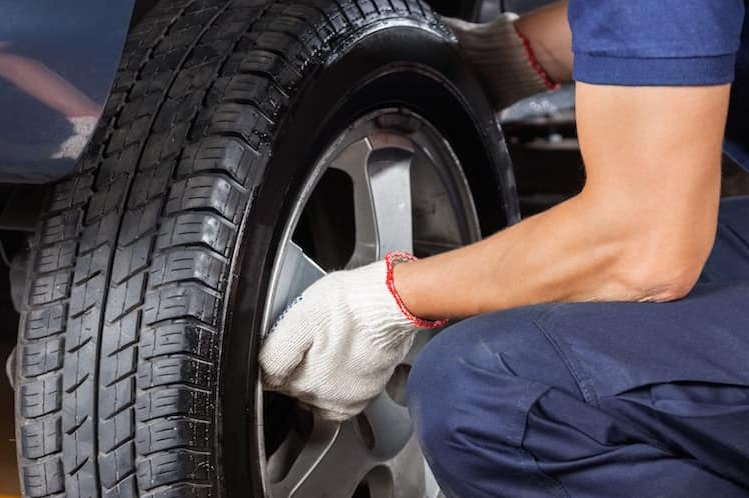 Be sure to unplug the charger before starting the car and leave it plugged in for a minute or two so that the engine oil can reach its optimum operating temperature so it can properly lubricate everything.
Be sure to unplug the charger before starting the car and leave it plugged in for a minute or two so that the engine oil can reach its optimum operating temperature so it can properly lubricate everything.
But not everyone has the opportunity to park their car in the garage, put the charger on the battery and leave. Some of us are not allowed to use outdoor electrical outlets and safe storage areas and must decide whether to leave the car's battery under the hood or remove its fasteners and pull them inside.
Haynes The Iconic Workshop Celebrates 50th Anniversary | Matt Cardy/Getty Images
While we are a fan of using batteries indoors for safe storage to eliminate any risk of hypothermia in the Subarctic, we also advocate a quick shutdown of the negative terminal, which should work as a last resort. This should only be done outside of the winter months or if you live in a mild climate and this is and not a permanent solution as the batteries will drain if left unattended over time.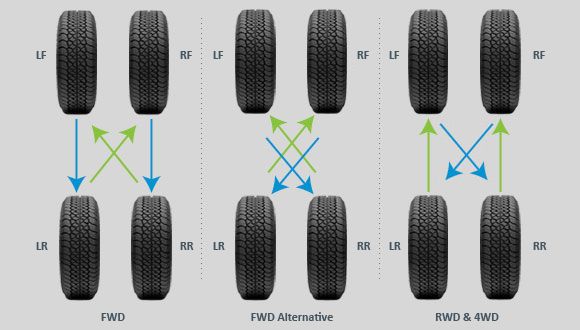 Just be sure to disconnect the negative lead and avoid the more dangerous positive because a nasty burn can occur, or worse if the end of that metal ratchet hits the frame or other node of the battery.
Just be sure to disconnect the negative lead and avoid the more dangerous positive because a nasty burn can occur, or worse if the end of that metal ratchet hits the frame or other node of the battery.
So, whether you want to store the battery in your car or disconnect it at home, we recommend turning the engine over and going for a walk in harsh cold conditions at least once a week just to be on the safe side.
Follow Autos cheat sheet on Facebook
,
Right Tire alignment it is important to avoid excessive wear on tires and vehicle parts. Poor tire alignment can reduce your MPG, make the wheels run against each other and wear down the tires causing bad tread wear patterns. Here are some signs that suggest you need an alignment fix.
Poor tire alignment can reduce your MPG, make the wheels run against each other and wear down the tires causing bad tread wear patterns. Here are some signs that suggest you need an alignment fix.
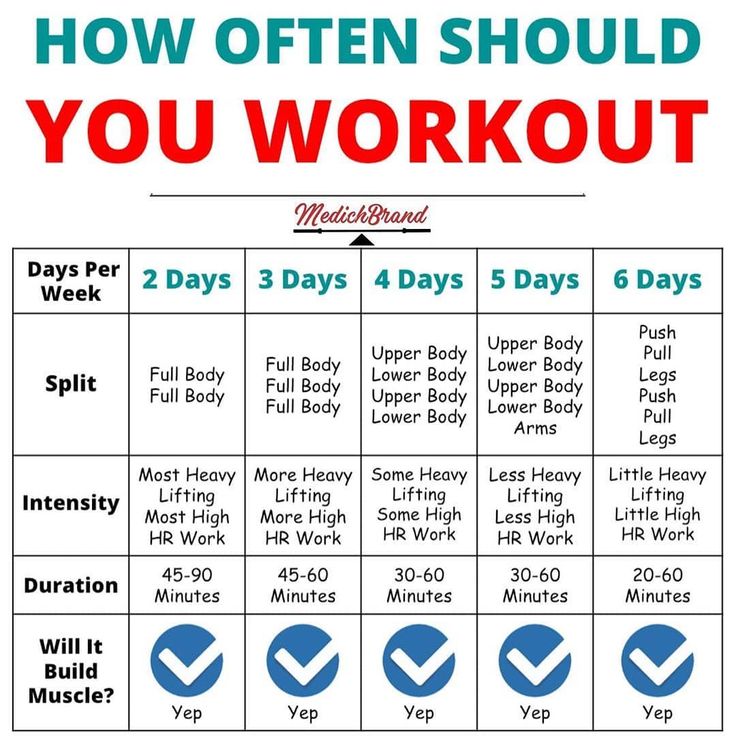 This is also a sign of an alignment problem.
This is also a sign of an alignment problem. Poor tire alignment can lead to a wide variety of problems on a vehicle. Here are some of the reasons why it's not a good idea to keep driving without a good tire alignment from a professional shop.
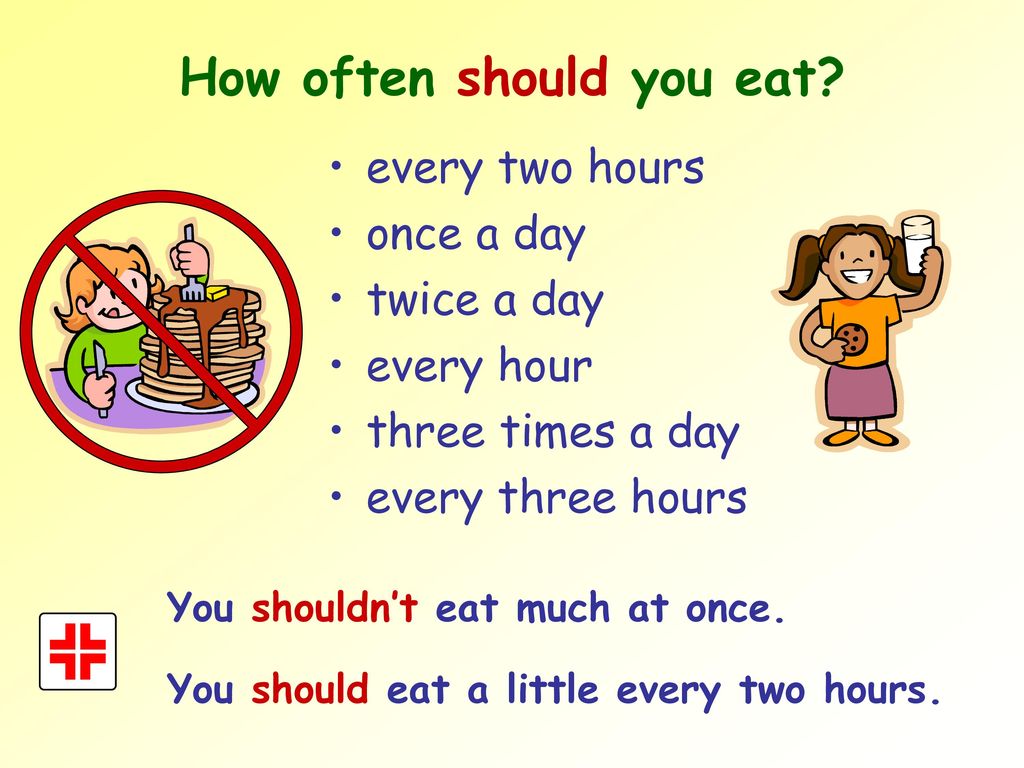
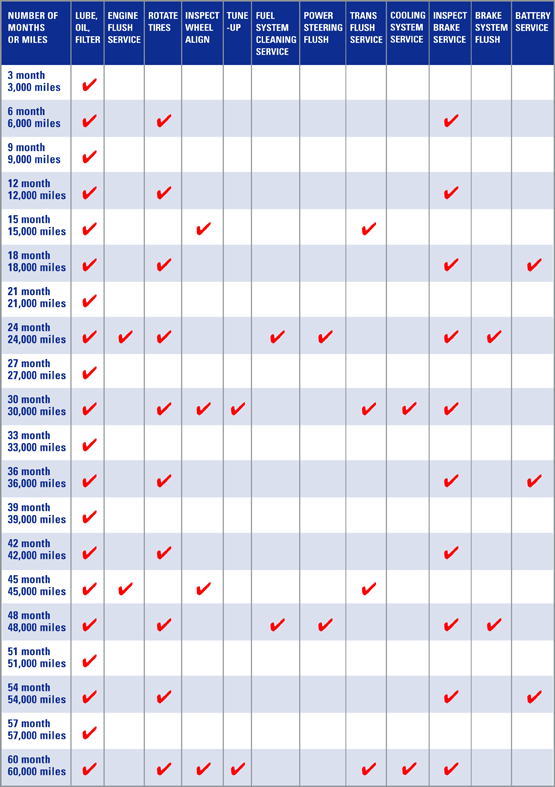
Learn more about wheels and tires & gt; >
The Auto FLPER dealership websites provide a range of tire alignment prices. It breaks down into categories:
 This includes aligning all four wheels on the car. This ranges from $50 to $95 based on the local market.
This includes aligning all four wheels on the car. This ranges from $50 to $95 based on the local market. To understand wheel alignment, we must understand the terms used and what they mean.
Bagabar refers to the angle of the wheel. The measurement is calculated in degrees. Looking at the front of the car, if the wheel leans outward, this is positive selection. If the wheel rests on , this is a negative decay. When the tube for a wheel is not true or dead in the center, it results in uneven tire wear, which causes the tires to pull to one side or the other.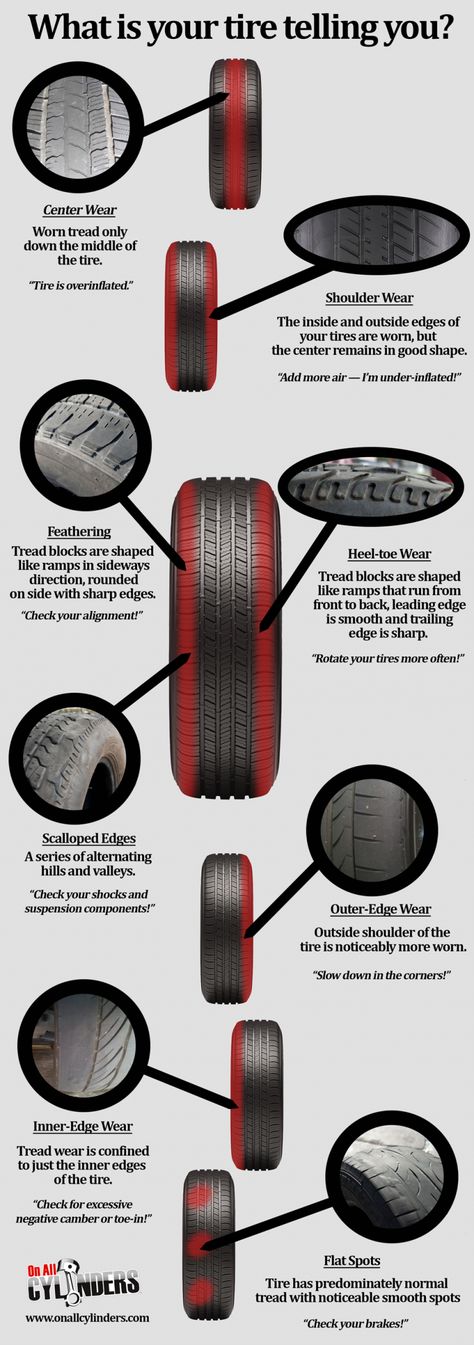 Some front wheel drive vehicles cannot be adjusted for CURBER, so if the switch is turned off for this type, it means that some part is worn or broken in the suspension system and needs to be repaired.
Some front wheel drive vehicles cannot be adjusted for CURBER, so if the switch is turned off for this type, it means that some part is worn or broken in the suspension system and needs to be repaired.
When the steering wheel is not turned, the front wheels will turn the turn. This pivot is attached to the suspension system. The angle of this pivot is calculated in degrees, which is called the caster. If you look at yours from one side and the top of the pivot is leaning towards the back of yours, this is a positive caster. When the top of the turn rests on the front, it is in negative spell. When the wheel caster is turned off, it causes the track to not track properly when moving straight. This can cause the steering to be too light or too heavy, making it difficult to control. The caster is also not usually adjustable on front wheel drive cars. When the caster is turned off on these cars, there is some part in the suspension that needs to be repaired.
The "TOE" of yours is how far the front of the tire is to the rear. When your foot tire is in this, it means that the front of the tires are closer than the back of the tires. When considering the front tires, if your tire resembles a triangle in its relationship to each other with a slight ending towards you, yours is a sock. If the triangle has a small end towards the back of the car, then that means it's the feet. Your tires should be even apart, forming a square. When the tires are worn in or out, it will cause them to wear quickly. The sock is regulated on all types of cars.
It's very rare for the poor Tire alignment cause loud tire road noise.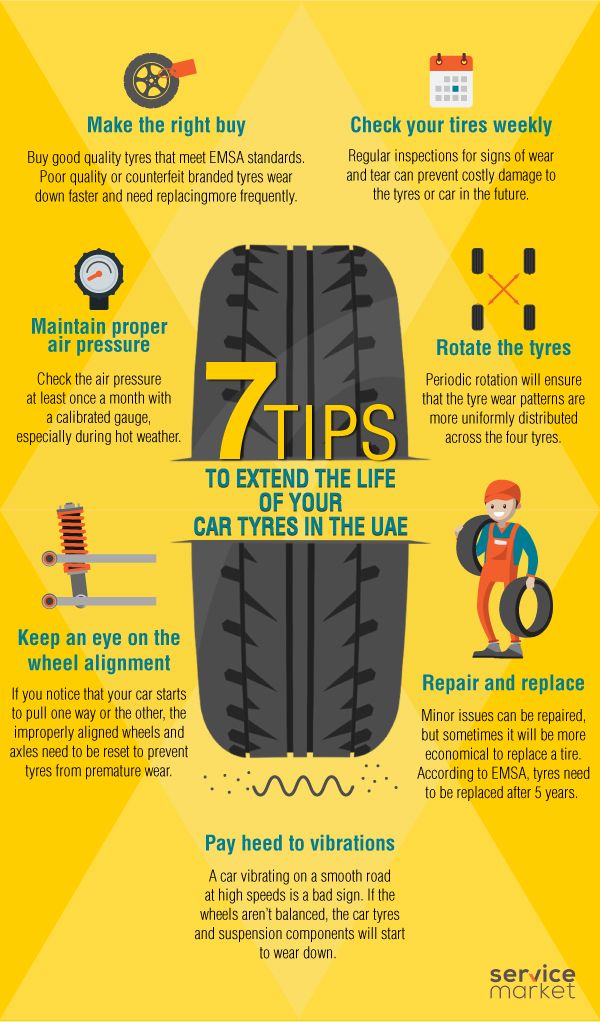 It would mean a very serious problem in your alignment if she got to this point. Tire alignment basically means that your tires are straight in relation to each other, and for them to curve enough to make a loud noise on the road, indicates a serious situation. Poor tire alignment was confirmed by drifting while driving, where it seemed to pull to one side or the wheels were noticeably off-center. If left unattended, poor alignment will result in uneven wear on your tires, and it remains an extremely rare occurrence to have loud noise from your tires due to poor alignment.
It would mean a very serious problem in your alignment if she got to this point. Tire alignment basically means that your tires are straight in relation to each other, and for them to curve enough to make a loud noise on the road, indicates a serious situation. Poor tire alignment was confirmed by drifting while driving, where it seemed to pull to one side or the wheels were noticeably off-center. If left unattended, poor alignment will result in uneven wear on your tires, and it remains an extremely rare occurrence to have loud noise from your tires due to poor alignment.
That Tire Alignment Price The fees you pay will vary depending on the alignment performed and location. The recommended alignment is four wheels and you have to make sure this is what you get as you can charge less for front wheel alignment or traction alignment which is only required about the rear axle.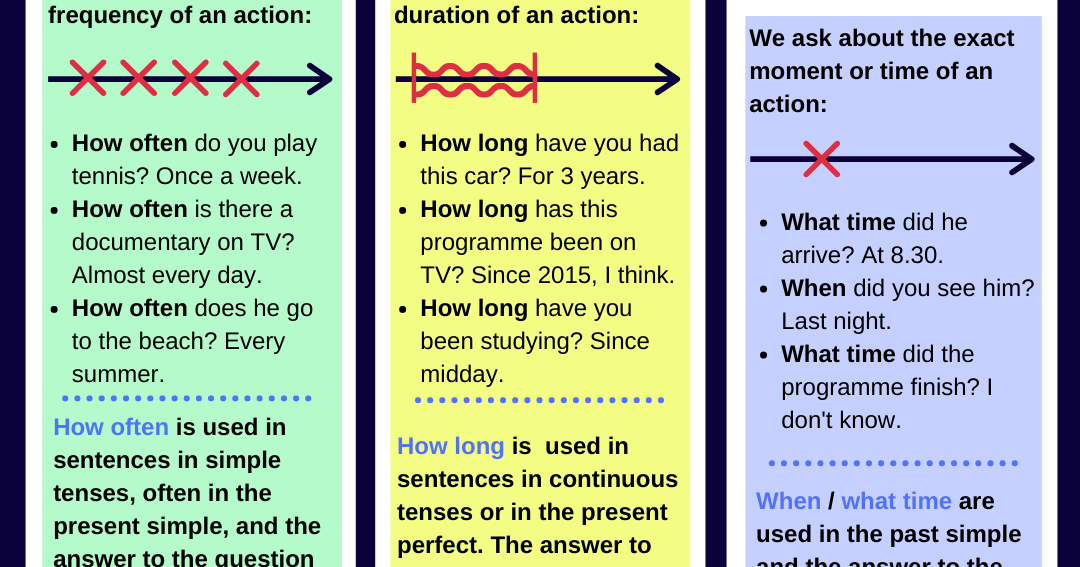 A price ranging from $60 to $85 is reasonable, depending on various factors. Most mechanics will start quoting a higher price than their final offer. Negotiate a price and get the best deal. Anyone asking for more than 9$0 is too expensive and you should look elsewhere.
A price ranging from $60 to $85 is reasonable, depending on various factors. Most mechanics will start quoting a higher price than their final offer. Negotiate a price and get the best deal. Anyone asking for more than 9$0 is too expensive and you should look elsewhere.
Tire alignment costs will vary depending on the type you are leveling. For example, if you were to align a Smart, the cost of the alignment might be less than if you were trying to align the latest Cadillac CTS. It's a matter of cost and a Truck, on the other hand, will likely cost even more to level up. Especially if it's a 4x4, because not only do you have full front end alignment to take care of (head helm, top arm, top/bottom struts, steering assembly, etc.), you would also have to make sure the driver's wheels on the rear four wheel drive also works correctly. This may cost you more than you think.
This may cost you more than you think.
BUT. Rear Tire Alignment will tend to be less expensive than external alignment for one reason, complexity. In the back alignment, you still set Toe-Out and Toe-In, but that's about it. You will have to make some minor suspension adjustments, but these can be achieved with a wrench. If you need to insert rear shims (spacers) to bring your rear end into alignment, a wrench will do. The front end, with its leg/TOE-in, mounting mounts, handlebars and the like, is more active as one thing influences the other. So a front alignment will actually be a more costly alignment.
More likely than tire vibration Engine vibration is easy to determine. First, look at the red light and look at the tach if yours has one. If the engine refuses to settle down and the idle level goes from 800 rpm to 2600 rpm, you can be sure you have an engine idle problem. If you have tire vibration, you won't notice it until you're at speed. Once you've hit cruising speed, you'll probably feel a vibration in the steering wheel. Holding it with one hand will just confirm it. If it's tire vibration, it could indicate tire wear or a problem. It may also indicate that your crankshaft may be slightly out of alignment, or it may simply be resonance with the roadway.
First, look at the red light and look at the tach if yours has one. If the engine refuses to settle down and the idle level goes from 800 rpm to 2600 rpm, you can be sure you have an engine idle problem. If you have tire vibration, you won't notice it until you're at speed. Once you've hit cruising speed, you'll probably feel a vibration in the steering wheel. Holding it with one hand will just confirm it. If it's tire vibration, it could indicate tire wear or a problem. It may also indicate that your crankshaft may be slightly out of alignment, or it may simply be resonance with the roadway.
Exceed and under more likely signs of poorly maintained tires than signs of poor tire alignment.